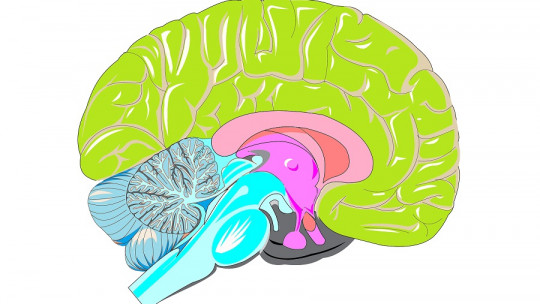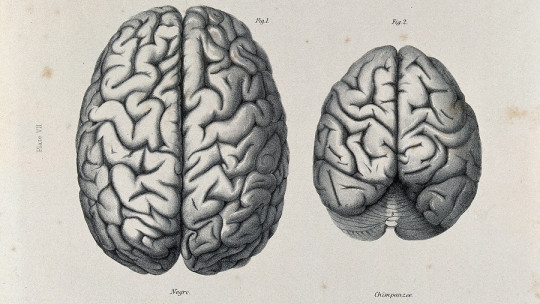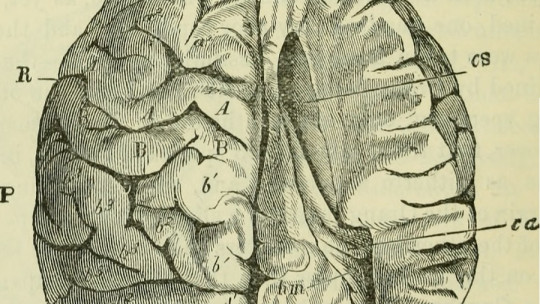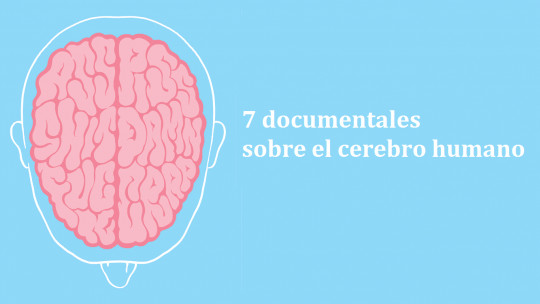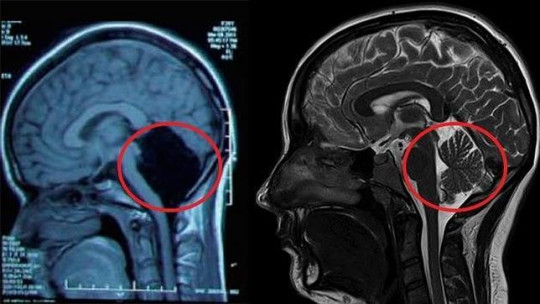The complexity of the human mind has meant that, when trying to explain and understand its functioning, hypotheses and theories have emerged from many different perspectives, sometimes even opposed to each other. This is not at all unusual; in fact, it is part of the essence of the generation of scientific knowledge.
In the end, science is not the absolute and universal truth, but rather a very humble way of validating and testing explanations about how the world works, replacing them with others closer to reality when they become outdated.
Now, this diversity of theories and hypotheses is especially rich in the case of Psychology and Neuroscience, because what they are responsible for investigating is subject to the influence of many variables. Thus, the mind can be approached from the study of behavior, which is neither palpable nor localizable in a specific area, or from the study of the organism and, more specifically, the brain. In the case of this last type of research, there is a hypothesis that has become very famous: that of the triune brain. According to this, where it seems that the human being simply has a brain, There are actually three brains interacting with each other Let’s see what it consists of and what is true about it.
What is the triune brain hypothesis?
The idea that we have three brains It was fundamentally developed by the American neuroscientist Paul MacLean in the 1960s From his point of view, what appears to be the human brain is actually the superposition of three different brains, showing three qualitatively different stages in the evolution of our lineage.
In the deepest part of the brain it would be the reptilian brain, the most primitive of the three, whose characteristics are an adaptation to the way of life of reptiles, which emerged at a time when mammals did not yet exist. MacLean identified it with what is known as the basal ganglia and its adjacent areas, a series of nuclei of neurons located in the deepest area of the brain, and proposed that this brain was responsible for triggering behaviors linked to instincts: confrontation against competitors or attackers, the tendency to defend one’s own territory, mating rituals, etc.
Above the reptilian brain, the passage of time would have given rise to the paleomammal brain, emerged with the mammalian reptiles or the first mammals. This would include what is known as the limbic system, and is responsible for the appearance of emotions linked to the motivation to feed, to mate and to associate with other individuals, as well as to parenting. These are behaviors less based on pure impulse and do not lead to actions as predictable as those of the reptilian brain.
Finally, above the previous one would be the neomammalian brain, which can be seen in the most evolved forms of mammals, and especially in primates. This would have given the possibility of re-processing information already processed by other parts of the nervous system, giving rise to more abstract thoughts and, ultimately, our ability to imagine complex experiences and predict future situations.
Do we really have three brains?
Currently it is considered that the idea of the three brains is, in any case, a simplification that must be understood like a metaphor and not as a scientifically valid explanation or capable of writing in detail the reality of the functioning of our nervous system.
While it is true that the human brain is far from being a completely homogeneous anatomical structure (in fact, it is rather a set of organs), going to the extreme of considering that there are three brains that are physically separable and working in parallel is excessive. The nature of the brain means that there are different groups of nerve cells in charge of specialized tasks, but at the same time, These are constantly coordinating with each other constantly
What happens in the human brain can be comparable to what happens in an orchestra: different musicians specialize in specific instruments, but the ultimate goal is to offer a unitary experience: music, which cannot be understood by only analyzing its parts separately.. Therefore, today we know that a human being without neurological problems has only one brain.
On the other hand, it should be said that it would not make sense for human beings to have a reptilian brain, another paleomammal and another neomammal. It is true that the evolution of species shows that in current life forms there are “traces” or remnants of other life forms that belonged to ancestral stages of their lineage (for example, the sacral bone of humans, which includes the remains of a queue). However, What is preserved must be functional or, at least, not greatly hinder the possibility of survival
This means that although vestigial organs that have lost their previous usefulness sometimes remain, they are either so atrophied that they cease to matter, or they are modified so that they can perform a new function. In the case of the reptilian or paleomammal brain, it would make no sense to preserve them as they are because it is not efficient to have several brains “competing” with each other to take control of behavior; In any case, their anatomical characteristics would remain, but their functional characteristics would change and they would begin to take on new tasks and give up others.
The importance of ancestral brain structures
So the three-brain hypothesis teaches us nothing? Not exactly, as a metaphor there are aspects that it does invite us to take into account. For example, the concepts of “limbic brain” and “neocortex” are useful because they help us know in which parts of the brain the processes most related to emotions and to reasoning and conscious decision-making, respectively, are carried out, although they are not dedicated to these functions completely exclusively but rather cooperating with other structures of the brain. nervous system.
And it also gives us a glimpse that in our lineage, the tasks performed by the neocortex have not been as vital as those of deeper areas of the brain, since expanding “outward” to acquire new skills generates fewer risks than modifying the rest of the brain a lot. brain structures that are already responsible for keeping us alive in the here and now.
The latter, in turn, reveals the extent to which emotions go ahead of rationality Practically all our actions have a series of emotional and motivational elements behind them, but only in some of them is there a conscious decision to achieve something, or a medium or long-term plan.
While no animal can afford not to have a part of the brain dedicated to triggering impulses and giving rise to emotions, only a few have ever been able to develop abstract thinking or even the ability to make physical tools (such as spears, arrows or hunting traps) or non-physical (such as language). And, in fact, most of the decisions we make are not due to reflection, but rather to what we do spontaneously depending on how we feel, without thinking much.
Are you interested in having professional psychological assistance?
If you are looking for psychology and psychotherapy services, contact us.
In Psychotools We serve people of all ages and offer sessions in person and in the online therapy format by video call. You will find our psychology center in Barcelona (Vallcarca area).


